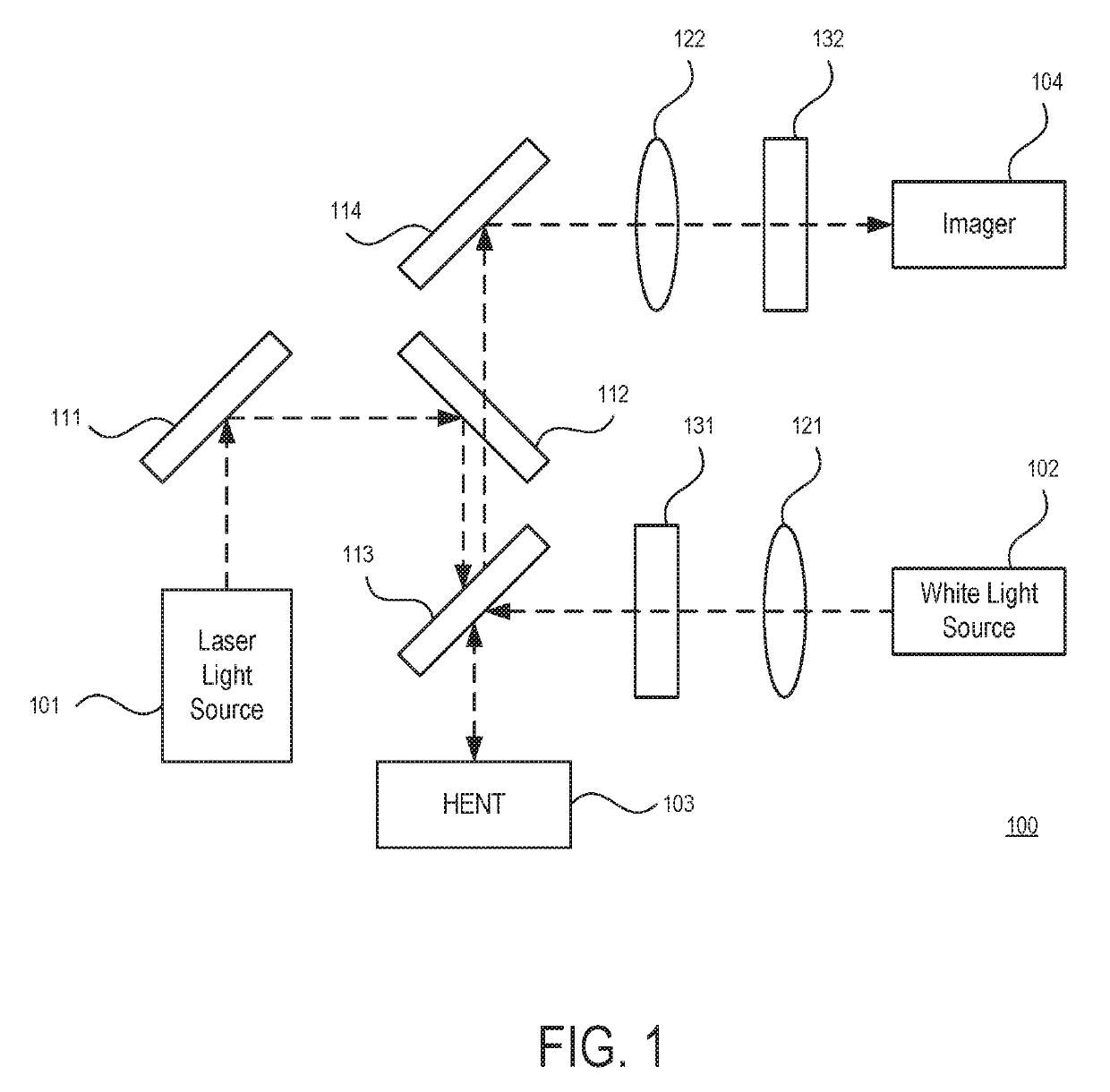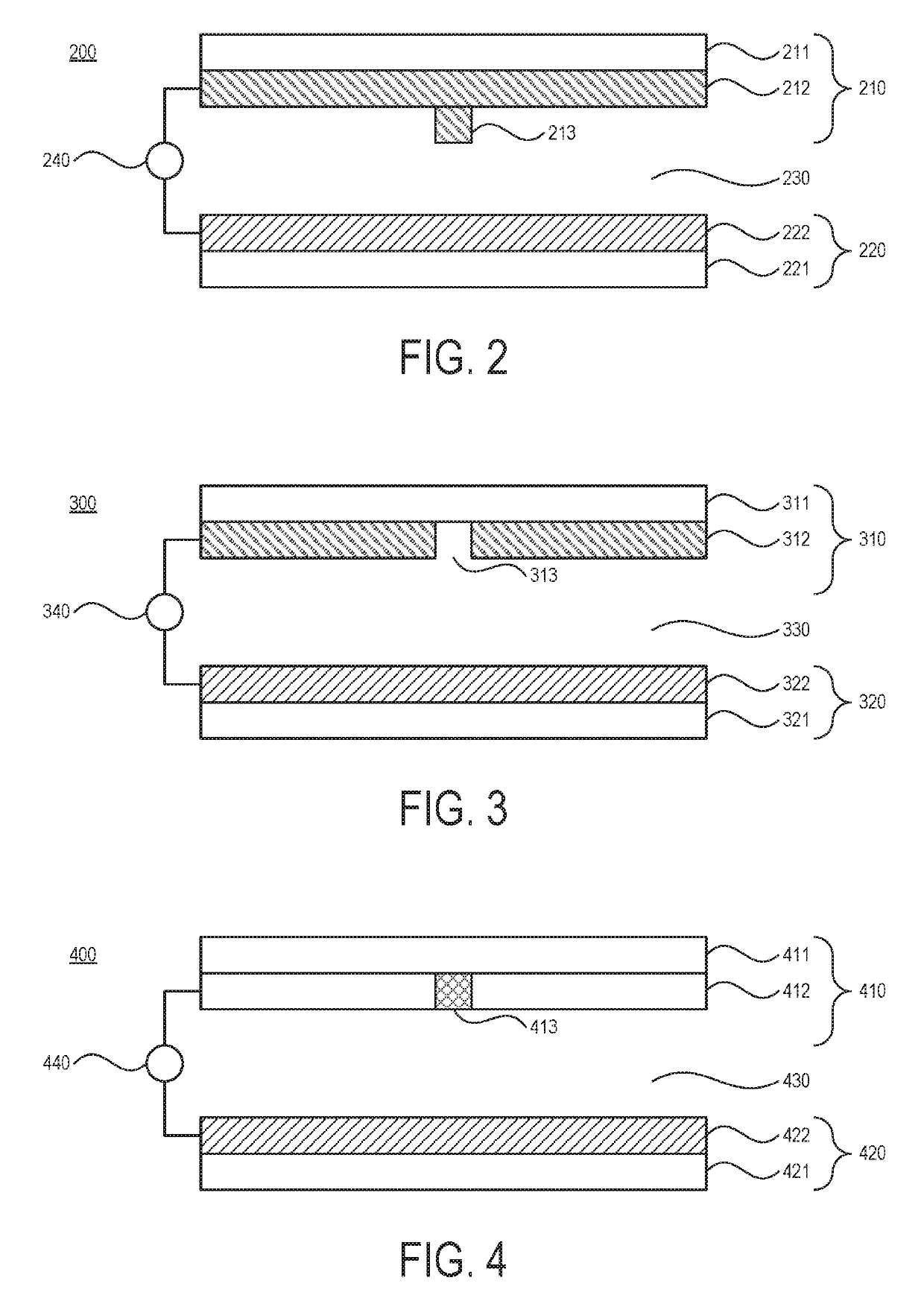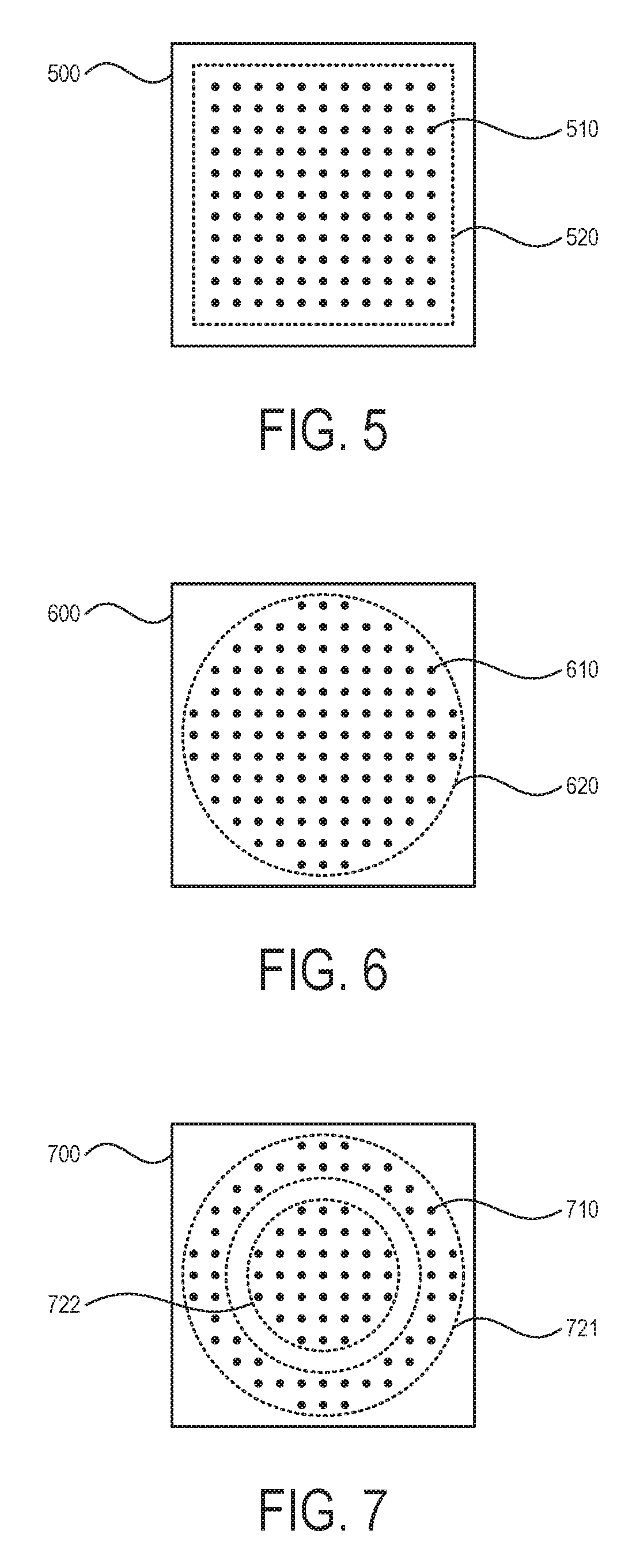Directed assembly of nanoparticles with light and electric field
a technology of light and electric field, applied in the field of optical manipulation of nanoscale objects, can solve problems such as particle agglomeration
- Summary
- Abstract
- Description
- Claims
- Application Information
AI Technical Summary
Benefits of technology
Problems solved by technology
Method used
Image
Examples
Embodiment Construction
[0018]In the following description, numerous details are set forth, such as circuit configurations, waveform timings, circuit operations, and the like, in order to provide an understanding of one or more aspects of the present disclosure. It will be readily apparent to one skilled in the art that these specific details are merely exemplary and not intended to limit the scope of this application.
[0019]Overview and ETP Principles
[0020]To resolve the aforementioned issues and realize a nanotweezer capable of rapidly delivering individual nano-objects to a given illuminated nanoantenna on-demand and achieving high-resolution trapping of such objects, without persistent perturbing convection and thermophoretic forces, the present disclosure describes an optofluidic mechanism for generating fluidic transport and particle delivery on-demand by combining the photo-induced heating of a single plasmonic nanoantenna with an alternating current (AC) electric field bias inside of a suspension of...
PUM
| Property | Measurement | Unit |
|---|---|---|
| frequency | aaaaa | aaaaa |
| frequency | aaaaa | aaaaa |
| wavelength range | aaaaa | aaaaa |
Abstract
Description
Claims
Application Information
 Login to View More
Login to View More - R&D
- Intellectual Property
- Life Sciences
- Materials
- Tech Scout
- Unparalleled Data Quality
- Higher Quality Content
- 60% Fewer Hallucinations
Browse by: Latest US Patents, China's latest patents, Technical Efficacy Thesaurus, Application Domain, Technology Topic, Popular Technical Reports.
© 2025 PatSnap. All rights reserved.Legal|Privacy policy|Modern Slavery Act Transparency Statement|Sitemap|About US| Contact US: help@patsnap.com



